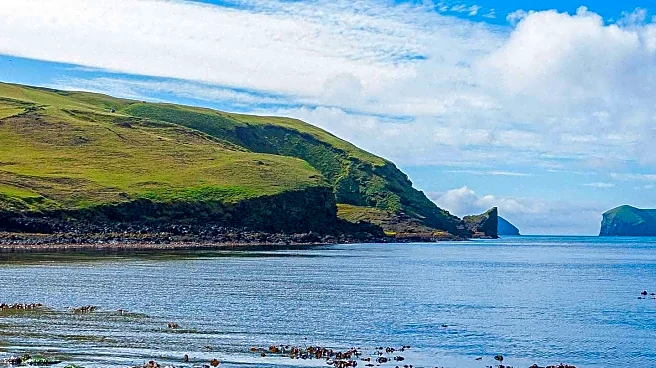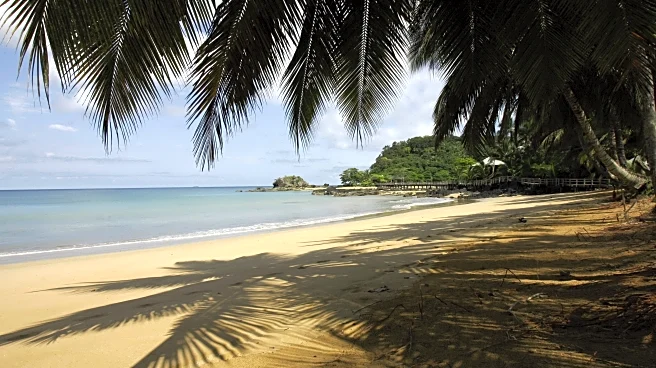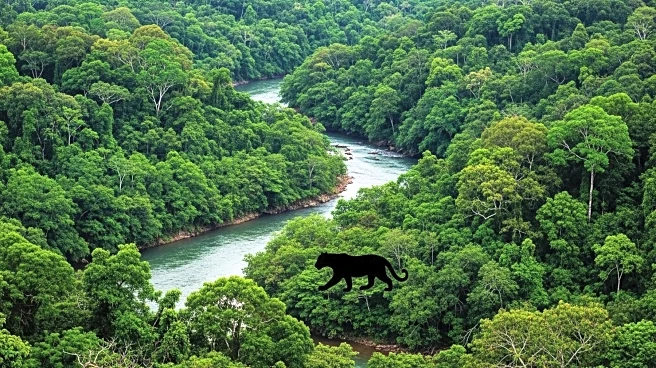What's Happening?
Dunston Staiths, a Grade II-listed structure on the River Tyne at Gateshead, is experiencing a surge in wildlife activity. Originally built in the 1890s for coal loading, the site has transformed into a habitat for various species, including birds like curlews and lapwing, and mammals such as otters. Heather Devey from Wild Intrigue describes the area as an 'under-rated' oasis, highlighting its importance as a threshold where the estuary has flourished. The structure's framework has helped retain mud and silt, supporting marine invertebrates and crustaceans that attract migratory birds. The site is managed by the Tyne & Wear Building Preservation Trust and the National Trust, forming part of the Tyne Derwent Way trail.
Why It's Important?
The transformation of Dunston Staiths into a wildlife haven underscores the potential for urban areas to support biodiversity. As cities expand, preserving such sites can offer ecological benefits and enhance community engagement with nature. The presence of diverse species contributes to the ecological health of the region, providing opportunities for education and tourism. The site's management by conservation trusts ensures its protection and promotes sustainable practices. This development highlights the balance between urban growth and environmental conservation, offering a model for other cities facing similar challenges.
What's Next?
Wild Intrigue plans to continue hosting public events, including bird-watching walks and nature safaris, to engage the community and raise awareness about the site's ecological significance. The ongoing management by conservation trusts will focus on maintaining the site's integrity and supporting its biodiversity. As urban development continues, stakeholders may explore further conservation initiatives to enhance the site's ecological value and integrate it into broader environmental strategies.
Beyond the Headlines
The preservation of Dunston Staiths reflects broader cultural and ethical considerations regarding the coexistence of urban development and natural habitats. It raises questions about the responsibility of cities to protect and nurture biodiversity amidst expansion. The site's success could inspire similar initiatives, fostering a culture of conservation and appreciation for natural spaces within urban environments.











